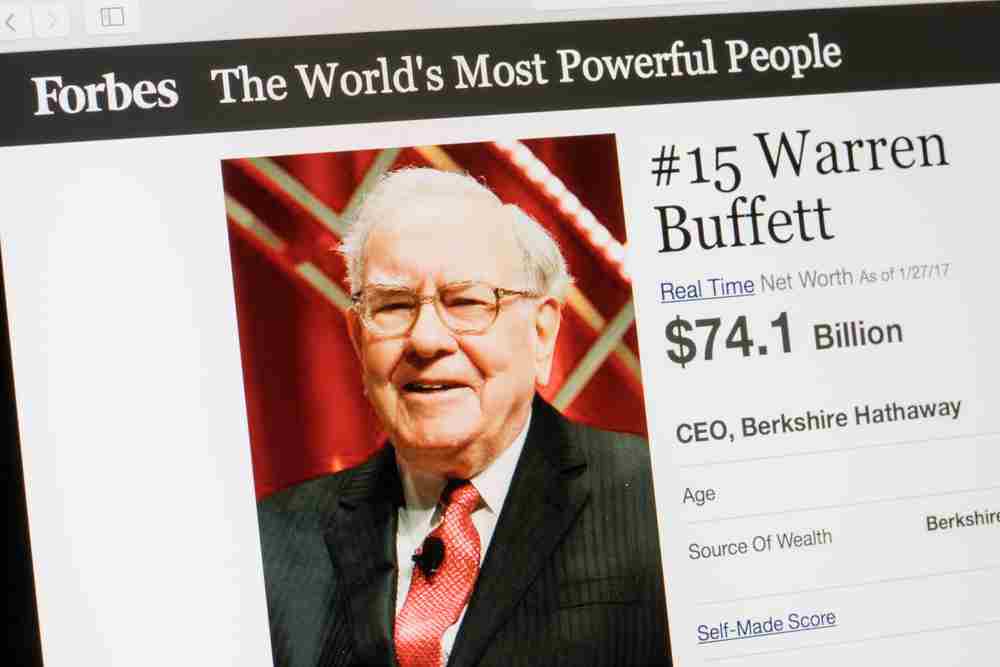Ford's Overlooked Profit Machine Is Under Attack by Rival

Key Points
Ford Pro is overlooked by too many investors as a core part of Ford's bottom line.
It continues to expand its high-margin paid software subscription business.
Stellantis has had commercial success overseas and aims to import its playbook to the U.S.
If you rewind the automotive industry back about two decades, there was a fairly well-known problem with Detroit automakers such as Ford Motor Company (NYSE: F) and General Motors (NYSE: GM). The problem was that to fill unused production capacity, they overproduced cars and often sold them to fleet companies at lower margin; it was an ugly business for many years.
Thankfully, Detroit automakers have mostly turned around that rough narrative, and Ford Pro, the company's commercial business, is thriving -- and a competitor is taking notice.
Where to invest $1,000 right now? Our analyst team just revealed what they believe are the 10 best stocks to buy right now. Continue »
Profit machine
Fast forwarding back to today, and Ford's commercial business is not only thriving, it's a huge cornerstone of Ford's profitability currently -- just look at the data from the third quarter. Through the first three quarters of the year Ford Blue, which is Ford's traditional gasoline and hybrid retail business, generated $2.3 billion EBIT at a 3.1% margin. Ford Pro, which is Ford's commercial business, generated $5.6 billion EBIT at a 10.9% margin.
A simple comparison highlights just how valuable Ford Pro is to the company, especially when you consider that Ford's Model-e division, responsible for its electric vehicle (EV) ambitions, lost $3.6 billion over the same time frame. Ford Pro's paid software subscriptions grew 8% sequentially to reach 818,000 subscribers, which is more high-margin business for the automaker.

Image source: Ford Motor Company.
While Ford has worked long and hard to fine-tune its commercial business, which also does great in Europe, Stellantis (NYSE: STLA) has taken notice. The latter has been growing its commercial fleet business overseas in Europe, South America, the Middle East, and Africa, and now the automaker is turning its eyes toward the U.S. market where it sees opportunities in the commercial sector, rental fleets, and government orders.
Stellantis' business in Europe has been gaining traction, and its commercial division has taken about 30% market share. It's going to take a monumental effort to match that market share in the U.S., where Stellantis accounts for only about 12% of commercial fleet sales, but consistently gaining even small amounts of market share will be a bonus.
Determined not to repeat mistakes of decades past, Stellantis is focusing its commercial business on government and commercial business, which are both higher-margin businesses than rental fleet sales. It's extremely early, but there are already some positive signs for Stellantis investors as the automaker improved its commercial portfolio with refreshed heavy-duty pickups and bringing back the 5.7-liter Hemi V-8 1500.
The good news is that it's decent timing. As Stellantis continued working on its commercial business model, its U.S. fleet sales surged 22% during the third quarter. The surge was partly due to Stellantis being quick to the draw and first in the market with pricing for its 2026 models.
It's been tried before
While Stellantis has a glimpse of early success, the road will be a long one.
Meanwhile, crosstown rival General Motors experienced a speedbump in its own commercial plans. GM had expanding ambitions when it developed and launched its BrightDrop electric delivery van, but the hype quickly faded. The electric van saw production halted in May and then officially ended. GM cited several reasons, including a more slowly growing electric van market, changing regulatory environment, and the end of the federal $7,500 EV tax credit.
Ultimately, this is a bit of good news for Stellantis investors; although it will take time to gain more traction, it's one of many things the automaker needs to improve or fix amid its substantial turnaround efforts. For Ford investors, it's something to keep an eye on, but the folks at the Blue Oval have their commercial business down to a science, and that should continue to be the automaker's overlooked profit machine.
Should you invest $1,000 in Ford Motor Company right now?
Before you buy stock in Ford Motor Company, consider this:
The Motley Fool Stock Advisor analyst team just identified what they believe are the 10 best stocks for investors to buy now… and Ford Motor Company wasn’t one of them. The 10 stocks that made the cut could produce monster returns in the coming years.
Consider when Netflix made this list on December 17, 2004... if you invested $1,000 at the time of our recommendation, you’d have $572,405!* Or when Nvidia made this list on April 15, 2005... if you invested $1,000 at the time of our recommendation, you’d have $1,104,969!*
Now, it’s worth noting Stock Advisor’s total average return is 1,002% — a market-crushing outperformance compared to 193% for the S&P 500. Don’t miss out on the latest top 10 list, available when you join Stock Advisor.
*Stock Advisor returns as of November 24, 2025
Daniel Miller has positions in Ford Motor Company and General Motors. The Motley Fool recommends General Motors and Stellantis. The Motley Fool has a disclosure policy.







